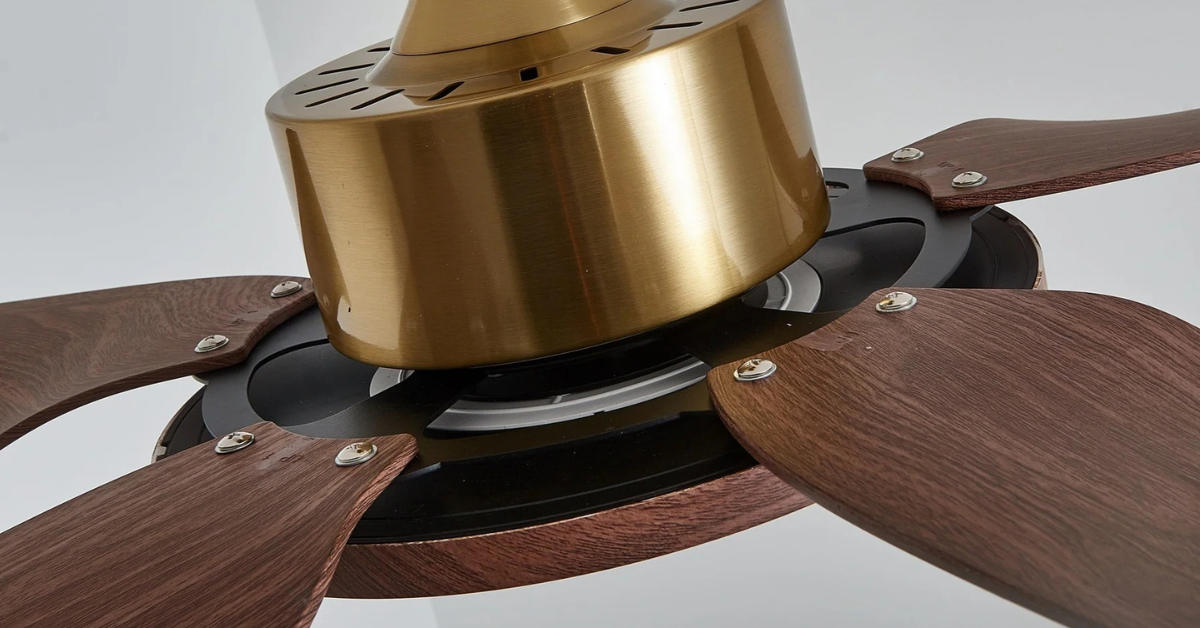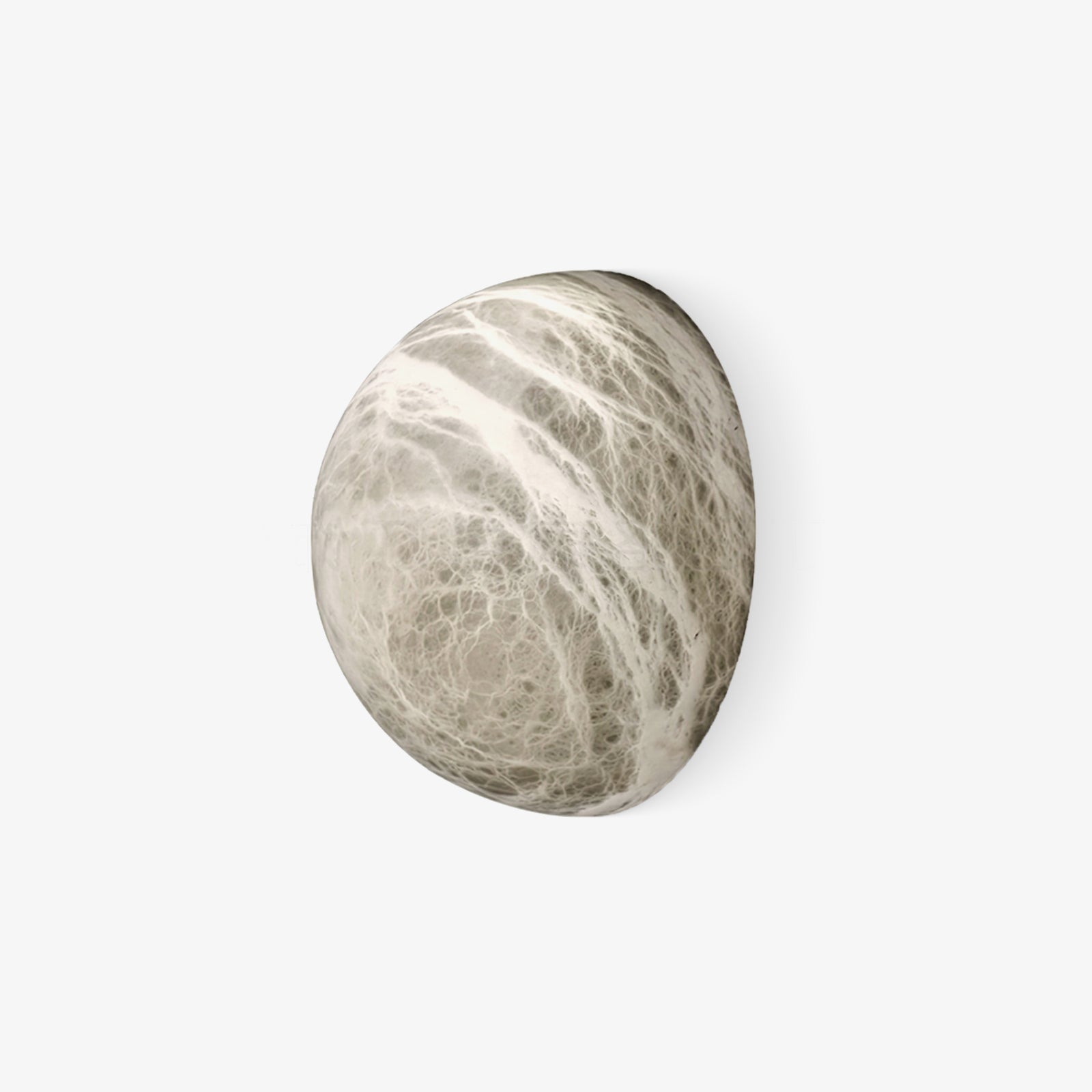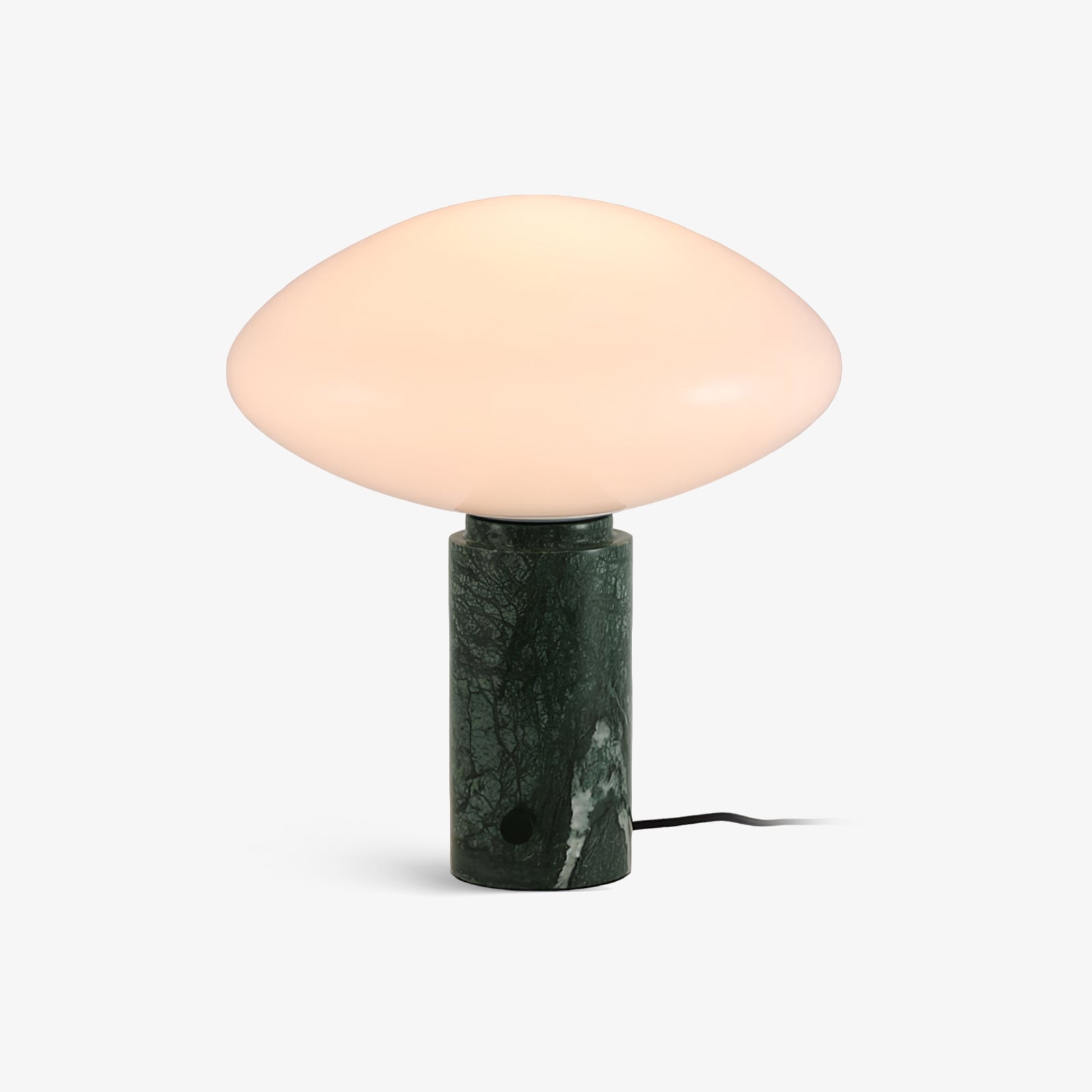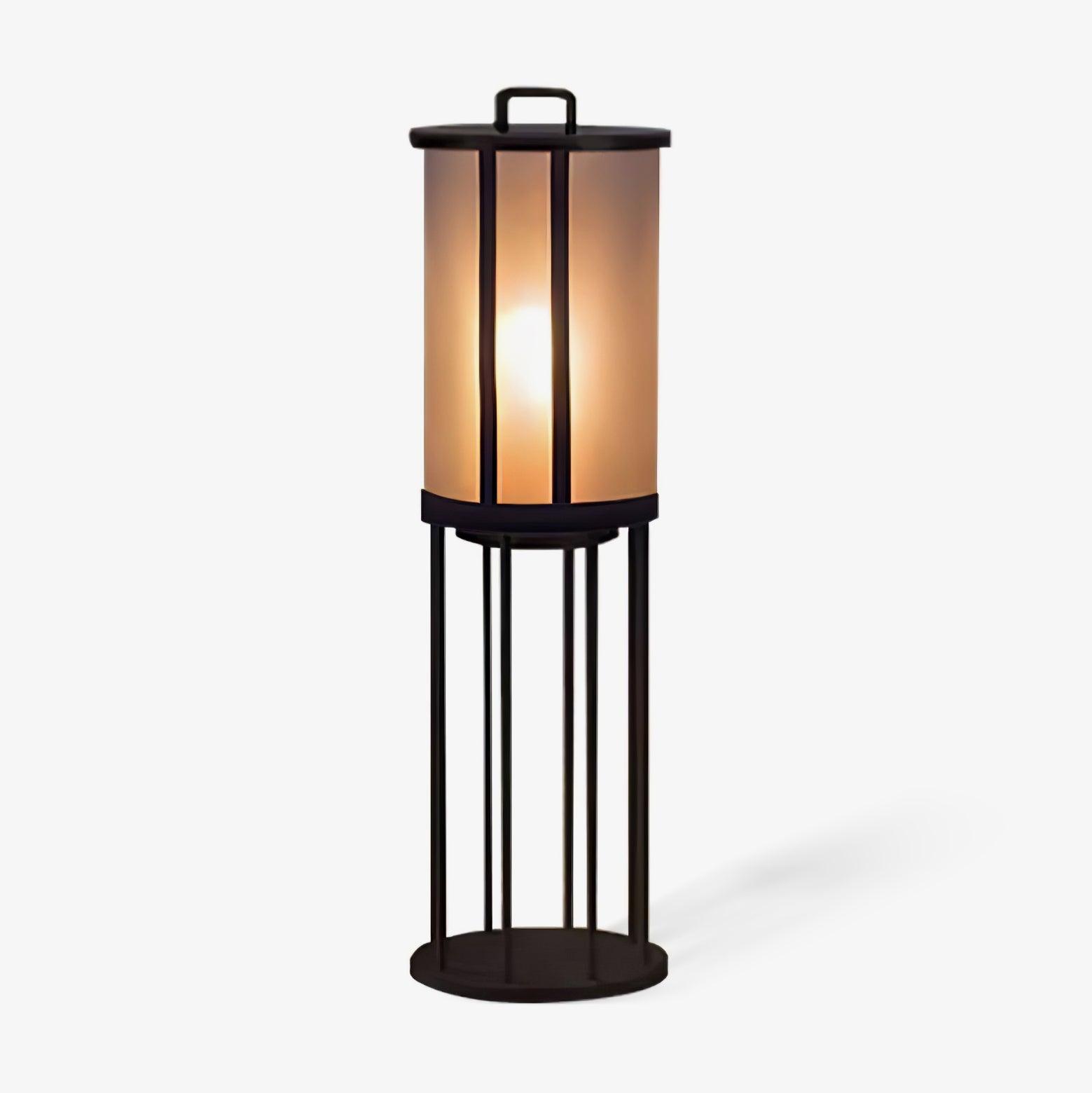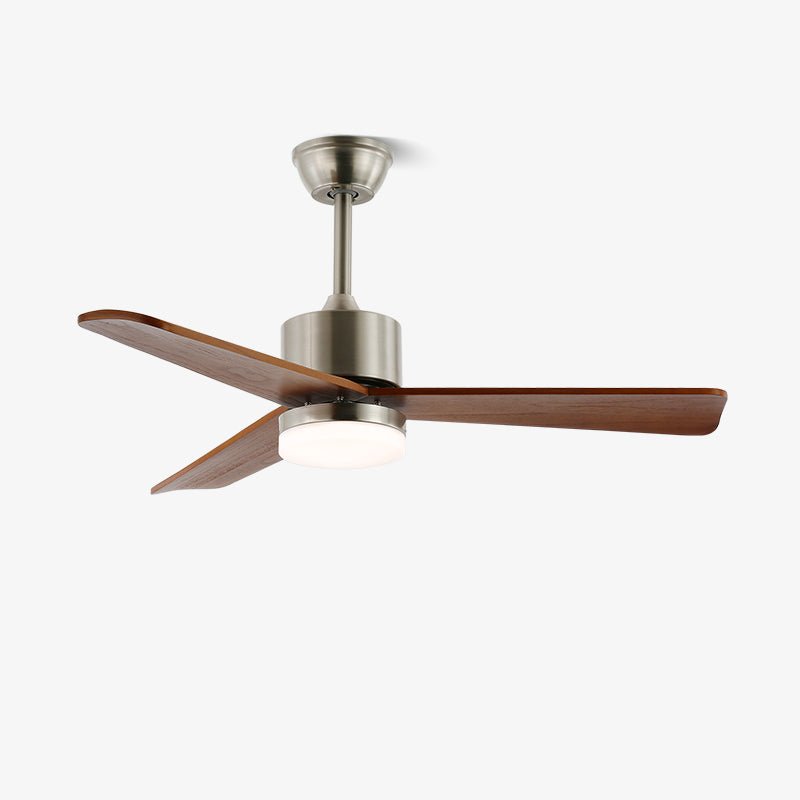Ceiling fan lights are unusual products: they must deliver comfortable airflow and quality illumination while fitting a very specific geometry in your room. This guide synthesizes best-practice engineering principles and field experience into a practical, decision-ready framework—no marketing fluff, just what matters for selecting, installing, and operating a fan light correctly.
1) Airflow basics: CFM, velocity feel, and efficiency
CFM (cubic feet per minute) is the volumetric airflow measured at the fan’s highest speed. More CFM typically means stronger perceived breeze (the “wind-chill” effect), but perceived comfort is also shaped by air velocity distribution (how evenly air moves across the room), blade height, and room geometry.
Two quick takeaways:
- Treat CFM as a range to target for your room size (see §2), not a single magic number.
- Compare airflow efficiency as well: CFM per watt (CFM/W). Modern DC-motor fans commonly exceed 150 CFM/W at high speed, while many AC-motor fans sit notably lower. Higher CFM/W means more breeze per unit of electricity.
Noise is not standardized across brands; construction quality (balanced blades, bearing quality, motor enclosure, isolation grommets) influences real-world sound far more than the number of blades alone.
2) Sizing by room area: CFM ranges and blade span
Use these conservative, field-tested ranges. If your space runs hot, has poor cross-ventilation, or you prefer a stronger breeze, select toward the upper end of the range.
Room area → Target CFM (high speed) and blade span
- ≤ 100 ft² (≤ 9.3 m²): 2,000–3,500 CFM → 36–44 in
- 100–150 ft² (9.3–14 m²): 3,000–4,500 CFM → 44–52 in
- 150–250 ft² (14–23 m²): 4,000–6,000 CFM → 52–60 in
- 250–400 ft² (23–37 m²): 6,000–8,000 CFM → 60–72 in
- 400 ft² (> 37 m²): 8,000+ CFM → 72 in+ or use two smaller fans
Multiple fans often outperform one oversized unit in long or L-shaped rooms because you’ll achieve more uniform air velocity and fewer dead zones.
3) Ceiling height, mounting type, and clearances
Correct mounting height is the most underrated performance variable. Too high and the breeze dissipates; too low and it’s unsafe and drafty.
- Blade height above floor (ideal): 8–9 ft (≈ 2.4–2.7 m).
Absolute minimum: 7 ft (≈ 2.13 m) to meet common safety codes. - Blade-to-ceiling clearance: ≥ 10 in (≈ 25 cm) helps the fan “breathe” and improves efficiency.
- Blade-to-wall clearance: ≥ 18 in (≈ 46 cm) from blade tip to any vertical obstruction.
Mounting choices
- Hugger/flush-mount: For 8 ft ceilings. Accept a slightly softer breeze due to reduced blade-to-ceiling clearance.
-
Downrod mount: For ≥ 9 ft ceilings. A simple rule of thumb to target an ~8.5 ft blade height:
Downrod length (inches) ≈ Ceiling height (ft) − 8.5 (then × 12).
Examples:
– 9 ft ceiling → ~6 in downrod
– 10 ft → ~18 in
– 11 ft → ~24 in
– 12 ft → ~36 in
Always verify the fan’s body height; some models have taller motor/light stacks and may need a shorter rod than the rule suggests. - Sloped ceilings: Standard canopies typically accommodate ~10–15°. A slope adapter extends this to ~30–45° (model-specific). Keep blade tips clear of the slope by ≥ 18 in.
Structure and safety
- Use a fan-rated junction box anchored to structure (not a generic lamp box). This is essential for weight, dynamic loading, and vibration.
4) Seasonal direction: summer downflow, winter destratification
Modern fans include a reverse function for year-round use:
- Summer (cooling): Counterclockwise rotation (downflow) creates a noticeable breeze, increasing convective and evaporative cooling on skin. This can let you raise the air-conditioner setpoint by about 4–5 °F (≈ 2–3 °C) with similar comfort.
- Winter (heating assist): Clockwise rotation at low speed pulls air upward, gently pushing the warm air pooled at the ceiling down along walls. This evens temperatures without a draft. Keep the speed low—you want mixing, not wind-chill.
5) Motor technology: DC vs AC
DC (BLDC) motors
- Typically 40–70% lower power draw at comparable airflow
- Finer speed resolution and smoother low-speed operation
- Quicker, often silent direction reversal
- Usually integrated remote/app controls
AC motors
- Lower upfront cost, simpler legacy wiring with pull chains or basic wall controls
- Fewer speeds, slightly higher energy use at equivalent airflow
For bedrooms and large living areas, DC motors are strongly preferred for efficiency and low-speed smoothness.
6) Blades: diameter, pitch, count, and material
- Diameter (blade span) is your first sizing lever (see §2). Bigger spans move air over a larger footprint but require proper height and clearances to avoid drafty edges or buffeting.
- Pitch (typical 10–16°): Higher pitch can move more air but demands more motor torque; poorly matched fans run loud or stall at low speeds. Well-engineered DC fans pair blade aerodynamics and motor torque to maintain quiet airflow.
- Blade count: More blades do not guarantee more airflow. Additional blades can reduce RPM, trading punchy breeze for quieter, “softer” airflow. Focus on measured CFM and efficiency, not blade count alone.
- Materials: Engineered wood/ABS composites are stable and quiet; outdoor models use weather-resistant ABS or treated woods. For damp/wet locations, ensure a Damp or Wet rating respectively.
7) Light quality: lumens, color temperature, dimming, and flicker
Integrated LED modules on fan lights vary widely. Specify intentionally:
-
Lumen output:
Bedrooms: ~1,200–2,000 lm (ambient)
Living/dining: ~1,800–3,000 lm (ambient)
Task-heavy zones (kitchen islands, studies) may need supplemental task lighting. -
Color temperature:
2700K (warm, relaxed), 3000K (neutral-warm living), 4000K (neutral-cool, task-oriented). Many homes prefer 2700K in bedrooms and 3000K in living/dining; 4000K suits work areas. - CRI (color rendering index): Aim for CRI 90+ to maintain natural color in furnishings and finishes.
- Dimming & flicker: Verify dimmer compatibility. Many integrated drivers are designed for the fan’s own remote/app control; external TRIAC wall dimmers may be incompatible. For comfort and photography, choose low-flicker drivers (ideally high PWM frequency or constant-current with ripple suppression).
8) Controls and wiring: remote, wall, and smart
- Remote control: Clean install (no extra wall wiring), granular speed and light control, reverse function built in.
- Wall control: Good for rentals and households that misplace remotes. Confirm if a neutral wire is required.
- Smart control (App/Voice): Wi-Fi (usually 2.4 GHz) or RF bridge. Look for scene scheduling, light CCT presets, and state memory after power outages. If you want separate wall switches for fan and light, confirm the product supports split-circuit control.
9) Special rooms and edge cases
- Very low ceilings (≤ 8 ft / 2.44 m): Use flush-mount designs and moderate spans (often ≤ 52 in) to maintain ≥ 7 ft clearance. Accept slightly softer airflow due to limited blade-to-ceiling gap.
- Very high ceilings (≥ 12 ft / 3.65 m): Use long downrods to bring blades into the 8–9 ft zone. If the room is large, two fans at moderate speed often feel better than one oversized unit at high speed.
- Open-plan or long rooms: Place fans so coverage patterns just meet or overlap slightly; avoid locating a single fan dead-center in a 10+ m long space.
- Outdoor/covered spaces: Check Damp (covered, no direct rain) or Wet (exposed) rating. Stainless hardware and sealed motors extend life.
10) Common misconceptions—corrected
- “More blades = more air.” Not necessarily. Aerodynamics, RPM, and motor torque govern CFM; blade count mostly tunes the character of airflow and noise.
- “One huge fan beats two normal fans.” Only if the space is roughly square and the mounting height/clearances are ideal. In many long rooms, two moderate fans give better coverage and comfort.
- “Any ceiling box will do.” Incorrect. Use a fan-rated box; it’s a safety requirement, not a suggestion.
- “Reverse in winter should feel breezy.” No. Keep winter reverse at low speed for destratification without draft.
Get the geometry right first (span, height, clearances), then match airflow and light quality to the room’s purpose, and finally choose the motor/control package that fits how you actually live. Do that, and a well-specified ceiling fan light will feel effortless—quiet, comfortable, and efficient across all seasons.


